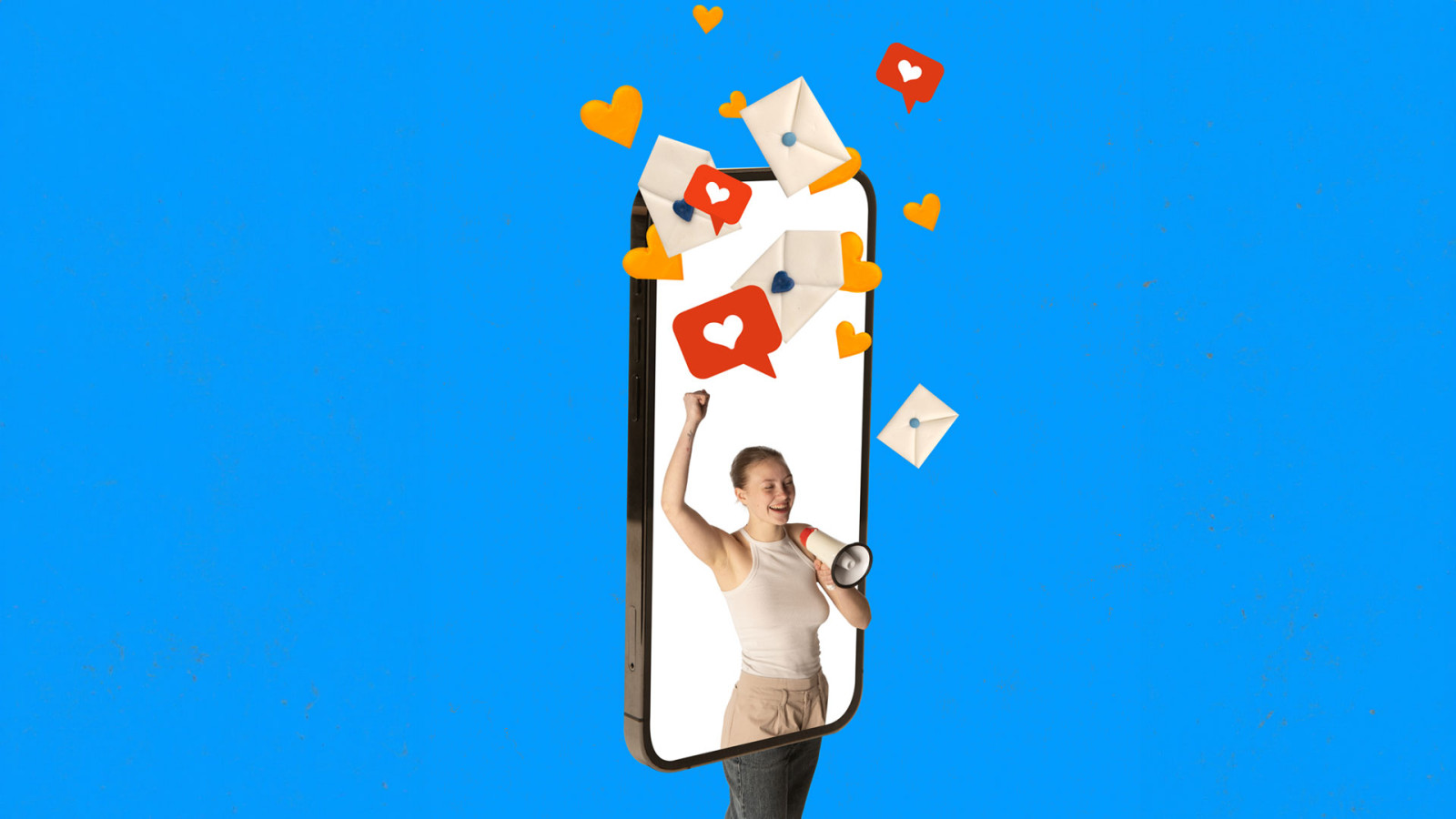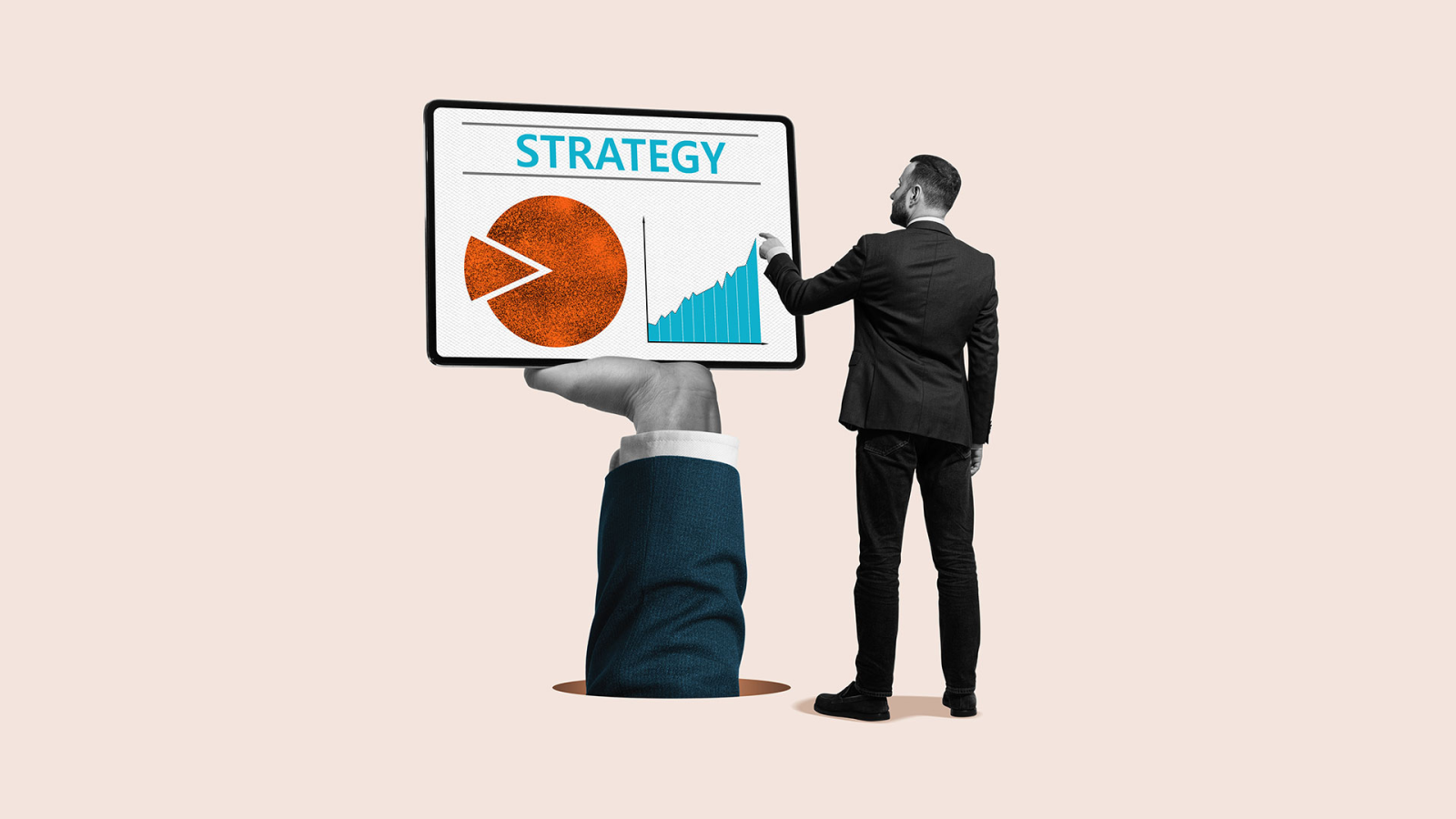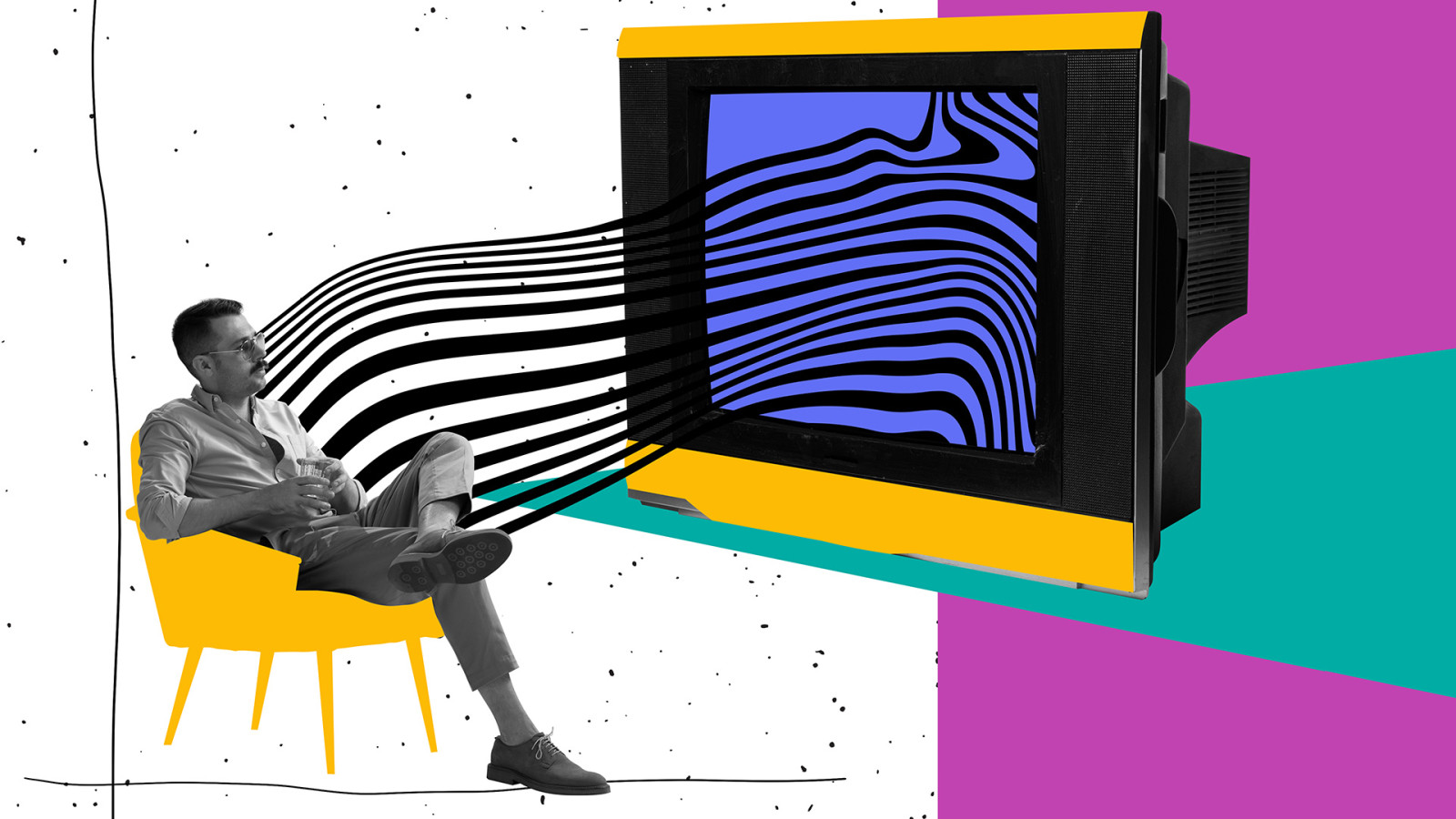Five B2B brands that use influencer marketing to cut through
Published Mar 18, 2024 – By Wardour

Influencer marketing has become an integral part of the digital marketing space. Forbes notes that “influencer marketing has tremendous potential to power your brand’s visibility”, and the stats speak for themselves. According to The State of Influencer Marketing 2022, companies spent almost $14 billion worldwide on influencer marketing in that year; while an October 2023 report by marketing agency Ogilvy shows that 75% of B2B marketers are now actively using B2B influencer marketing as part of their strategy, with 93% of them planning to step up their B2B influencer campaigns. And, in a recent study by the Content Marketing Institute, while 67% of marketers said video had become more important over the past year, 41% said that interviews with influencers and subject matter experts were among the most effective video types and ways to build engagement.
What is B2B influencer marketing?
This type of marketing allows businesses to strategically promote their product or services through partnerships with experts within a specific industry. “Through these relationships, businesses are able to harness an influencer’s credibility to reach new audiences,” says social media giant Sprout Social. A B2B influencer partnership is not about just paying a big name to promote your company, it’s an agreement to co-create and distribute content. Examples of co-creating content, or influencer collaboration might include sponsoring a podcast or interviewing experts in a campaign, but the link throughout is co-creation.
Influencer marketing doesn’t have to be big and expensive
Influencer marketing can be achieved at many levels, and micro influencers can be an effective means for a company to dip its toe in this space as opposed to using a macro influencer, who tend to come with a far bigger price tag. Lesser-known influencers – albeit still influencers – are often underutilised and overlooked as a way to separate a company from its competitors. They can offer authenticity in abundance, are affordable and can reach niche markets, and can take the form of employees, customers or industry brands. Your reach won’t be as large, but those you do reach will be highly engaged.
What have B2B brands achieved with influencer marketing?
While a great deal of influencer marketing is aimed at consumers, and young people in particular, here are some examples of what B2B brands have achieved by using an influencer marketing strategy:
1. Dell: Brand awareness
Dell used an influencer podcast named Trailblazers to showcase stories of innovation, using Steve Jobs’ biographer and former CNN CEO Walter Isaacson. The use of a well-known figure meant that Dell was able to leverage Isaacson's network and followers – but the co-creation aspect showcased Dell as credible and authoritative in the space too.
2. Monday.com: Reach and audience insight
As mentioned on Top Rank Marketing's website, “The brand partnered with TopRank Marketing to develop an influencer marketing campaign featuring industry experts that could reach and engage remote work teams more effectively than the brand on its own”.
The company used interviews with remote working experts on the specific challenges faced by teams working from home during the pandemic. Using insider intelligence, the influencers also helped identify what topics would land best with the target audience. The collaboration resulted in 300,000+ organic impressions on social media.
3. SAP: Social media success
Isoline, a company that specialises in helping tech B2B companies achieve impactful business results through content marketing, describes SAP as “a leader in application software with thousands of customers. SAP [is] no [stranger] to influencer marketing tactics, working with top corporate executives and industry experts in a variety of ways over the years to expand their reach”.
SAP invited influencers to events in the industry in an attempt to use influencer collaboration to increase social engagement and build its brand. SAP got the influencers to talk about niche company topics, such as machine learning – which provided a strong human touch. This approach was used at one SAP event in Germany; the event was trending in Germany on Twitter for two days and the influencers in attendance drove 50% of all social media mentions about the event.
4. American Express: Influencer marketing to create an air of luxury
Using Instagram, American Express uses the hashtag #AmexAmbassadors for one particular form of influencer marketing. Choosing marketers who had particularly lavish lifestyles, American Express was able to promote its platinum card and target high-spending individuals with an emphasis on exclusivity and luxury. This particular example also used micro influencers in order to cover a wide range of areas and people. The influencer campaign garnered five million impressions.
5. Microsoft and National Geographic: the right influencer to amplify women in STEM
Microsoft wanted to encourage and promote women in STEM. The tech giant used Instagram influencer marketing, working with National Geographic photographers to “put a spotlight on women scientists and their stories”, says Audiense. Microsoft was able to reach 91 million people. Eden Cheng, founder of Weinvoice, explained that “the results of this campaign are outstanding because the photos received 3.5 million likes in a day”.
Getting influencers educated on sustainability
Many influencers don’t feel they have enough of an education around sustainability – despite this being a growing topic of discussion on social media. In an effort to tackle this, Unilever for example, has established an independent Creator Council to educate influencers about sustainability. Their research found that a majority of influencers (84%) were holding back from mentioning sustainability on their social media channels.
63% of content creators are creating more sustainability content than a year ago
Nevertheless, the study, which polled 232 content creators across YouTube, TikTok and Instagram, revealed that 63% are creating more sustainability content than a year ago. But, 38% are concerned about unintentionally promoting greenwashing claims. The Creator Council will be made up of social media influencers across the travel, beauty and lifestyle sectors.
Shaking up marketing with virtual influencers
Virtual influencers are computer-generated characters designed to interact with and engage audiences on social platforms, and are used by a range of brands. While some real influencers with millions of followers charge hundreds of thousands of pounds per post, virtual influencer Lil Miquela, for example, charges just £6,650. In 2022, Hang Seng Bank launched its own virtual influencer, Hazel, and Japan’s biggest bank, Nomura Holdings, has hired a computer-generated influencer, Imma for its digital marketing.
According to Statista, 35% of American consumers purchased a product or service in 2022 after a virtual influencer advocated for it. Of those, 40% were millennials or Gen Z.
The avatars are lucrative for their creators with the annual income of Lu do Magalu, often considered the world’s top virtual influencer, estimated at US$16 million.
So perhaps B2B influencer marketing is for you after all
If you read this blog’s headline and thought “influencer marketing? That’s not relevant to me working in B2B”, we wouldn’t blame you. That was the case a few years ago. But today to ignore the use of influencers in your B2B comms for the sake of it could mean missing out on a big opportunity.
Research could well indicate that influencer marketing is the right tactic for your marketing objectives, or that it isn’t – but consideration is a must.
To find out how Wardour can support with your influencer marketing goals, email hello@wardour.co.uk.
Stay ahead of the curve
Sign up to our emails

